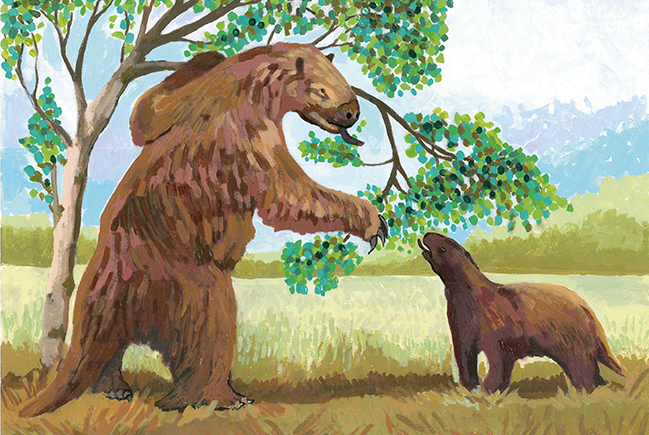Past present

The characters featured in the exhibition Past present: dinos and saurs of the Amazon invite us to think about the history of great animals that lived in the Amazon in three periods: 115 million years, 5 million and 11 thousand years ago. The fossils of these animals are marks of evolution and natural selection, which paleontologists study to reveal the secrets of life that the Amazon hides.
An important new area of scientific and patrimonial interest, paleontology has been added to Musa’s already extensive list of cultural passions and attractions.
With its two billion years of geological history, the Amazon – or rather, the Amazon Craton – offers valuable answers to the question where do we come from? Records found in this region are relevant to the study of the natural geology and history of the South American continent.
Dedicated to the memory of geologist and UFAM professor Rosalie Benchimol, the Past present exhibition features fragments of the Amazonian paleo and geohistory, such as replicas of huge skeletons from the regional fauna: an Amazonsaurus (10 m long), an Eremotherium (a 4 m tall giant sloth), and a Purussaurus (a 13 m long caiman!). Panels, videos, and original fossil fragments illustrate the geological and evolutionary history of the fauna and flora of the forest as well as this region’s unique environments.
The Past present exhibition was funded by the Bemol Company through the Pronac National Cultural Incentive Program (Rouanet Law).
Musa has also been entrusted with a valuable fossil collection gathered by geologist Rosalie Benchimol both for study and display, in addition to mineral fragments collected during her numerous research expeditions in the Amazon, particularly in the Upper Purus – in the vicinity of Boca do Acre –, where to this day Musa and UFAC teams prospect for fossils of animals that lived in this region in past eras. The pieces are kept in laboratories at Musa and UFAC, helping promote the research and scientific awareness of Amazonian paleontology, stimulating the curiosity of young students in our schools and universities.
